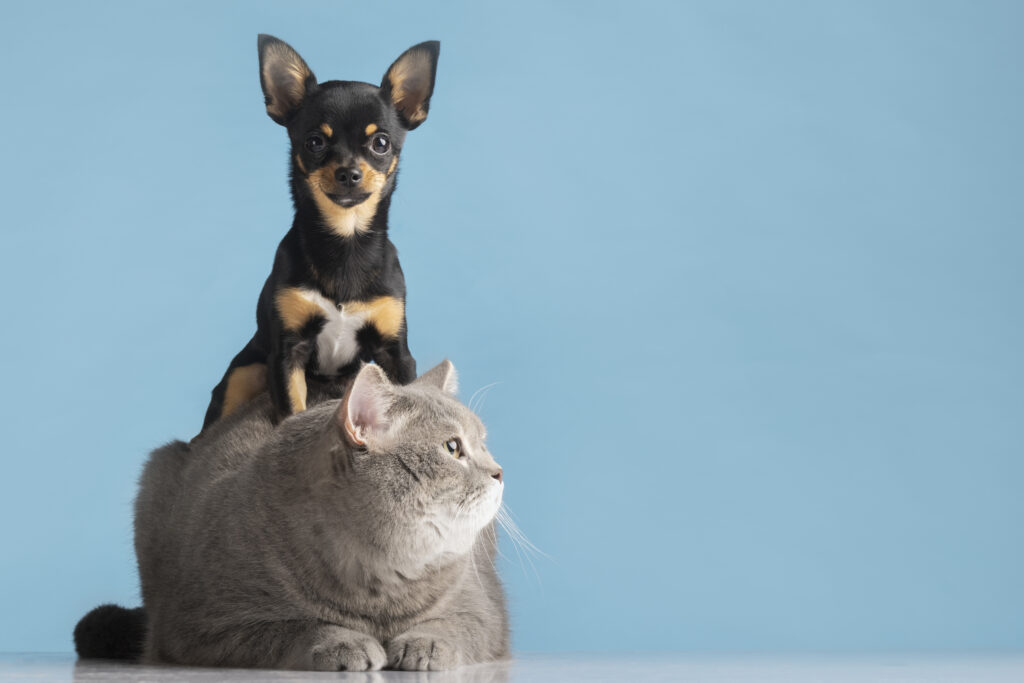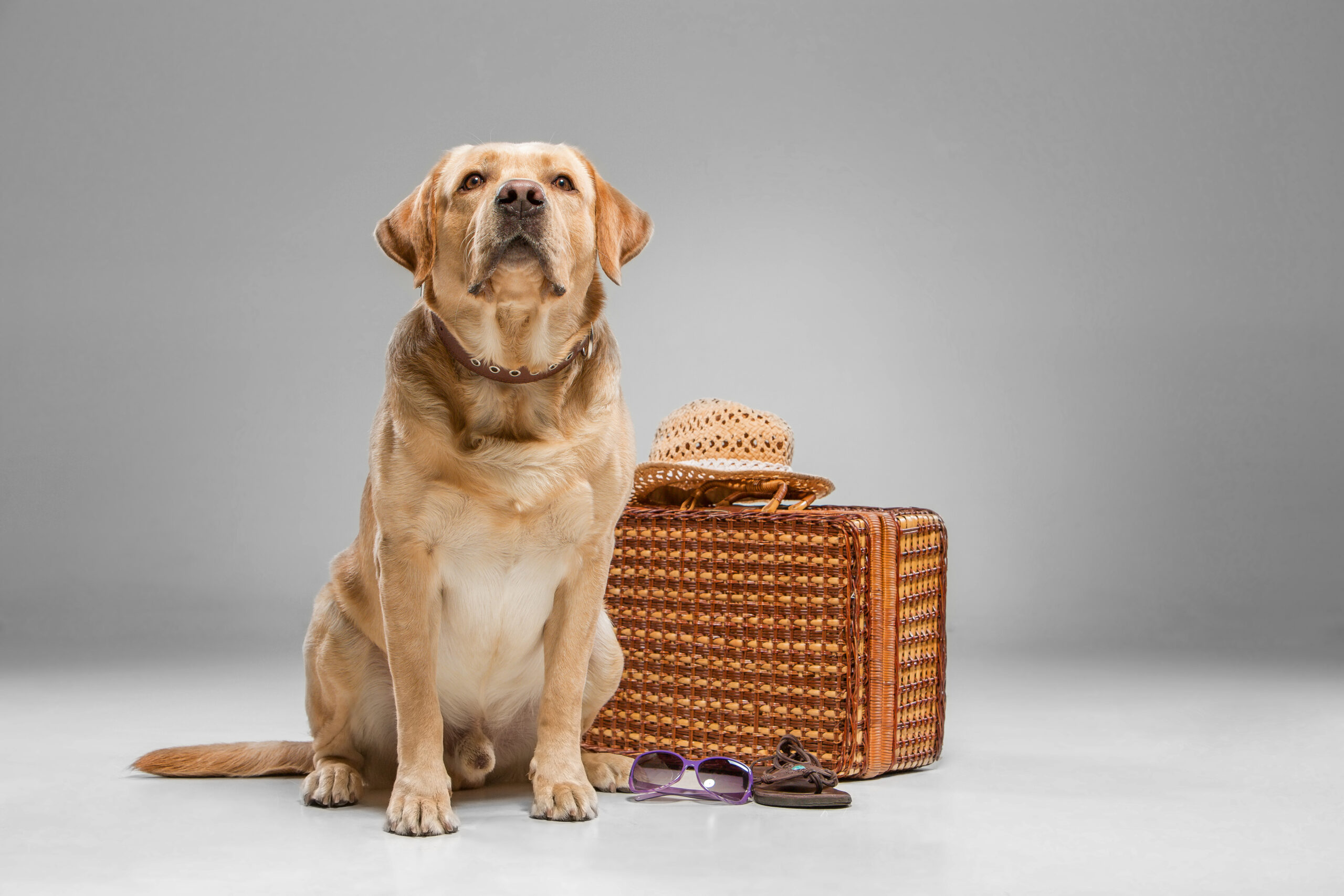Traveling with pet within India is easier than you would think. We’ve covered how to take them on transport rides, and this post will show you how to take them on flights. Did you know? According to Condor Ferries, 53% of travelers take holidays with their pets.
If your pet and its carrier can fit beneath the seat, it’s ideal! It can accompany you in the flight cabin. It should also not weigh more than 20 pounds, and you cannot reserve/purchase an extra seat for a larger pet.
Larger dogs must be transported as shipping cargo, such as checked luggage. However, for safety concerns, the Humane Society of the United States recommends that pets fly in the cabin with the person. Because of this, several airlines do not allow dogs to be transported as cargo. Airlines such as JetBlue Airways and Southwest only allow small pets such as dogs and cats to fly in-cabin.
Booking flight while traveling with pet
Call your airline before booking your travel to learn about their pet policies and to guarantee that your pet will be permitted.
Airlines can only allow a few pets each flight, so make your request as soon as possible. If your pet is flying in cargo, inquire whether the cargo room is air-conditioned. This is critical for your pet’s wellness.
Carrier for pet
Every airline has certain regulations for the box in which your pet will travel. These are either kennel or crate carriers. A large enough room is often advised so that your pet can stand up and turn around within. To avoid stress, animal experts recommend crate training your pet before travelling.
Charges for traveling with pet
Traveling with pets, in flight, may be expensive on some carriers. Some major domestic airlines charge up to $125 per trip for in-cabin pets. You may also have to pay to check your carry-on suitcase because your pet is considered carry-on baggage.
Flying a pet as cargo is considerably more expensive than flying in-cabin. Some airlines may charge up to $200 for pets to be checked as baggage. Additional fees may apply, such as the cost of a pet carrier and a suggested preflight veterinarian consultation.
When going overseas, flying with pets becomes more complicated. More planning and documentation are required. Contact your airline for additional information when you are traveling with pet.

Feed pet before traveling
A full stomach may make your pet uncomfortable while travelling. Feed your pet a light supper and a tiny drink two hours before travelling, and exercise it right before it gets into its container. While it’s recommended not to feed your dog immediately before the trip, you may (and should) continue to give him water until the flight.
Get your pet used to their travel surroundings
Getting your pet used to their container is the most effective way to ease their anxiety (and yours!). In the container, place their favourite toy or a comfort object, such as an old shirt with your scent on it, and encourage them to sleep in it, explore it, and grow familiar with it at home. Taking your pet for a couple brief rides in the container may also help them become acclimated to it.
They will be brought to the freight/cargo section once you check in your pet (at least 90 to 120 minutes before to departure). Airlines have pet travel specialists on staff who will look after your precious cargo during their voyage.
Medication
Travelers should take their pets for a pre-trip examination, according to experts. Inform the veterinarian of your plans well in advance to ensure that they are appropriate, “because there may be instances where flying due to a health condition or something might not be in the best interest,” said Douglas Kratt, a veterinarian and former president of the American Veterinary Medical Association.
If your pet has been cleared for travel, make sure their information with your veterinarian is up to date, including important medical history and microchip information, according to Kratt. While traveling with pet, take the recording with you, either on your phone or written out. Check your phone for a current photo of your pet, then browse for veterinary facilities in your destination.

During the flight
If your pet is approved as cargo or checked luggage, they will travel safely in the aeroplane hold, which is a climate-controlled location that is completely safe for animals. The hold is often positioned beneath the main cabin or, in certain cases, towards the front or back of the aircraft. The area, like the cabin, is pressurised, and most pets sleep well during the journey.
After flight
Check with your Flight Centre adviser to find out where you may pick up your travel companion following their flight. Some airlines, like check-in, may require you to go to the cargo/freight section rather than the checked luggage area.
Experienced pet travellers advise bringing wet wipes to clean the container (and your pup or puss) at their destination. Give them some gentle exercise after they’ve been out and about, keep them hydrated, and treat them to a decent treat. Traveling with pet isn’t that tough, right?
Also Read: 5 Mistakes To Avoid When Traveling With Your Pets




